The unstable ankle joint
If the trauma is greater, as is often the case with stop-and-go sports such as soccer or handball, but also with other ball sports or sports with frequent changes of direction, serious injuries to the upper ankle joint can occur, which without adequate treatment often leave secondary damage.
The upper ankle joint is secured on the outside by 3 ligaments with superficial and deep portions that reinforce the joint capsule. On the inside, a broad ligament complex spans from the medial malleolus to the talus and calcaneus.
Depending on the extent of the injury, different parts of the ligament tear, especially on the outside, and if left untreated can lead to instability of the upper ankle joint. Furthermore, the impact of the ankle bone on the tibia or fibula can lead to cartilage and bone damage (so-called osteochondral lesions).
In most cases, functional therapy with a stabilizing ankle orthosis for 6 weeks followed by physiotherapy is sufficient to achieve good stability and function. In some cases, especially with massive instability or concomitant damage, surgical treatment is indicated to reduce secondary damage and restore sports ability.
However, if a higher-grade ligament injury is misjudged as a simple “ankle strain” and not adequately treated, in up to 40 percent of cases relevant instability remains in the upper ankle joint, which can lead to significant impairments over time and pose a therapeutic challenge.
In addition to chronic pain on exertion and a tendency to repeated “twisting of the ankle” due to ligament insufficiency, chronic instability also leads to the formation of bony attachments on the anterior edge of the tibia and on the anterior portion of the ankle bone, which, if severe, can lead to a significant restriction of movement in the upper ankle joint. On the other hand, the instability also leads to increased cartilage wear and thus promotes the development of arthritic changes.
Therapeutically, in such cases, an adapted surgical procedure is required to improve mobility and achieve pain relief on the one hand and to eliminate the instability by ligament reconstruction on the other. In most cases, however, a minimally invasive arthroscopic procedure is possible with sufficient experience and large accesses can be avoided. Subsequently, a targeted physiotherapeutic treatment is mandatory to achieve a good functional result and thus also to enable a return to sports.
For further questions I am at your disposal by appointment.
Book an Appointment
You haven't found a suitable date?
Call us or write to us!

0
